
ALL ABOUT FLEX PCB
-
SMT Assembly – What Should You Know About it?
Posted by
–
 Read more: SMT Assembly – What Should You Know About it?
Read more: SMT Assembly – What Should You Know About it?What is SMT Assembly? SMT (Surface Mount Technology) assembly is a method used in the manufacture of electronic circuits where components are mounted directly onto the surface of printed circuit boards (PCBs). This technology has largely replaced the through-hole technology construction method of fitting components with wire leads into holes […]
-
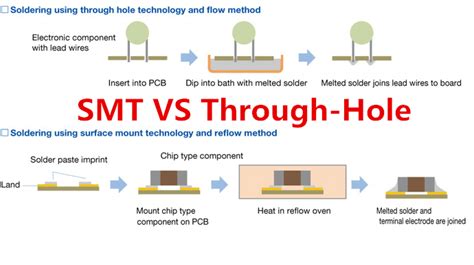 Read more: What is the difference between SMT and THT mounting?
Read more: What is the difference between SMT and THT mounting?SMT vs THT: A Quick Overview Before we delve into the details, let’s take a quick look at the key differences between SMT and THT Mounting: Characteristic SMT THT Component placement On the surface of the PCB Through holes in the PCB Solder connection Surface mount pads Leads inserted through […]
-
PCB cloning: Everything You Need to Know
Posted by
–
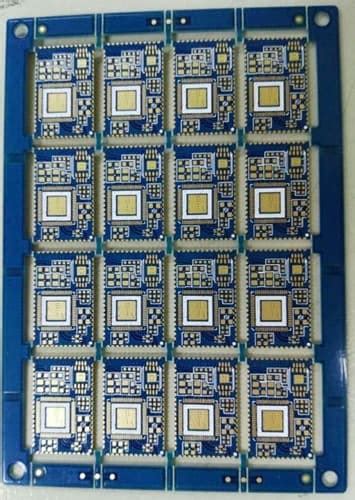 Read more: PCB cloning: Everything You Need to Know
Read more: PCB cloning: Everything You Need to KnowWhat is PCB cloning? PCB cloning is the act of creating an identical copy of an existing PCB. This process involves analyzing the original PCB, extracting its design information, and using that information to fabricate a new, identical board. PCB cloning can be done for various reasons, such as: Reverse […]
-
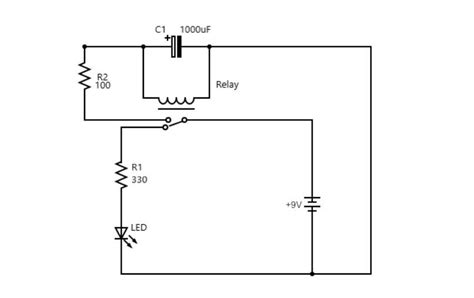 Read more: The Flasher Circuit Diagram: All You Need To Create One
Read more: The Flasher Circuit Diagram: All You Need To Create OneIntroduction to Flasher Circuits A flasher circuit is an electronic circuit that produces a repetitive on-off light or sound output. It is commonly used in various applications such as emergency lights, turn signals, and attention-grabbing displays. The basic principle behind a flasher circuit is to create an oscillating signal that […]
-
PCB & Assembly Services – IMS pool
Posted by
–
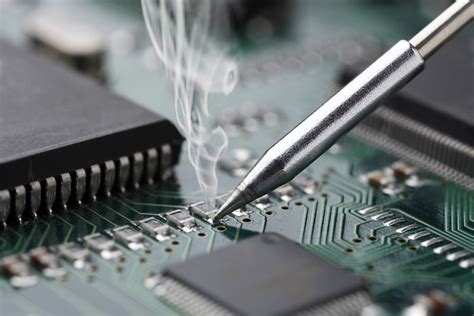 Read more: PCB & Assembly Services – IMS pool
Read more: PCB & Assembly Services – IMS poolIntroduction to PCB Assembly PCB assembly is the process of assembling electronic components onto a printed circuit board (PCB) to create a functional electronic device. The process involves several steps, including placing components on the PCB, soldering them in place, and testing the assembled board for proper functionality. Types of […]
-
PCB Board Price–Do You Need To Control It?
Posted by
–
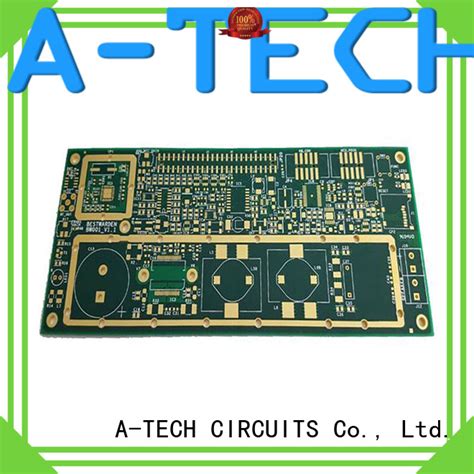 Read more: PCB Board Price–Do You Need To Control It?
Read more: PCB Board Price–Do You Need To Control It?Understanding PCB Pricing and Controlling Costs Printed circuit boards (PCBs) are essential components in virtually all modern electronic devices. From smartphones and laptops to medical equipment and automotive systems, PCBs form the backbone of these devices, enabling them to function as intended. However, the cost of PCB manufacturing can significantly […]
-
What Is PCB Etching and How Does It Work?
Posted by
–
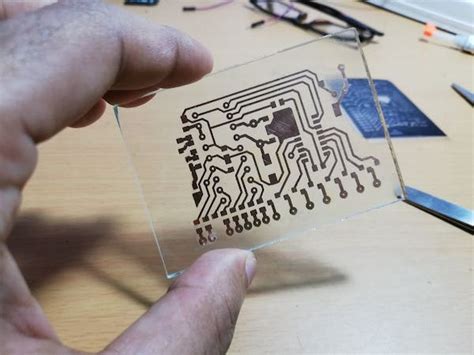 Read more: What Is PCB Etching and How Does It Work?
Read more: What Is PCB Etching and How Does It Work?Introduction to PCB Etching PCB etching is a crucial process in the manufacturing of printed circuit boards (PCBs). It involves selectively removing unwanted copper from a copper-clad substrate to create the desired conductive patterns that form the electrical connections on the PCB. This process is essential for the proper functioning […]
-
USB PCB-How To Solve The Problems You Will Face
Posted by
–
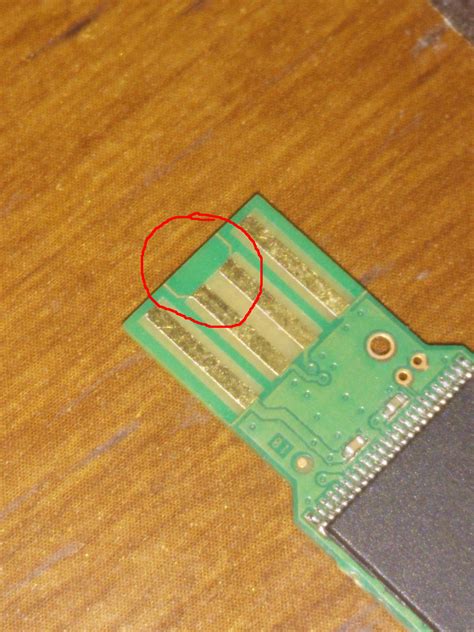 Read more: USB PCB-How To Solve The Problems You Will Face
Read more: USB PCB-How To Solve The Problems You Will FaceIntroduction to USB PCB USB (Universal Serial Bus) is a widely used interface for connecting various peripheral devices to computers and other electronic devices. USB PCBs (Printed Circuit Boards) are essential components in the design and manufacturing of USB devices. They provide the necessary circuitry and connections for data transfer […]
-
Gross PCB Material Price
Posted by
–
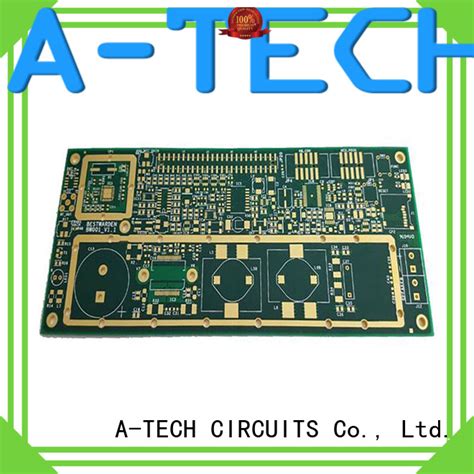 Read more: Gross PCB Material Price
Read more: Gross PCB Material PriceIntroduction to PCB Material Pricing Printed Circuit Boards (PCBs) are essential components in modern electronics, forming the backbone of devices ranging from smartphones to industrial equipment. The cost of manufacturing PCBs is significantly influenced by the materials used in their construction. In this article, we will dive deep into the […]
-
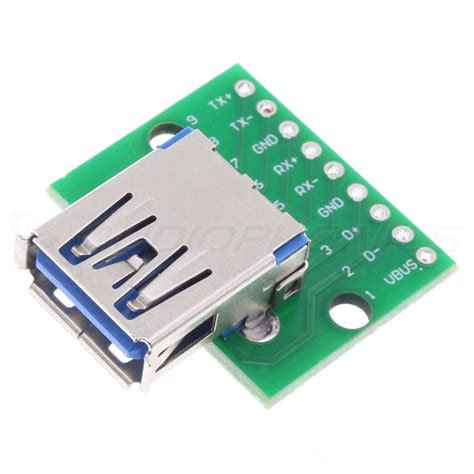 Read more: USB PCB: The Core of Any Serial USB Interface Device
Read more: USB PCB: The Core of Any Serial USB Interface DeviceIntroduction to USB PCB A USB PCB (Printed Circuit Board) is the foundation of any device that utilizes a serial USB interface for communication and power transfer. USB, which stands for Universal Serial Bus, has become the standard protocol for connecting peripheral devices to computers and other electronic systems. The […]




